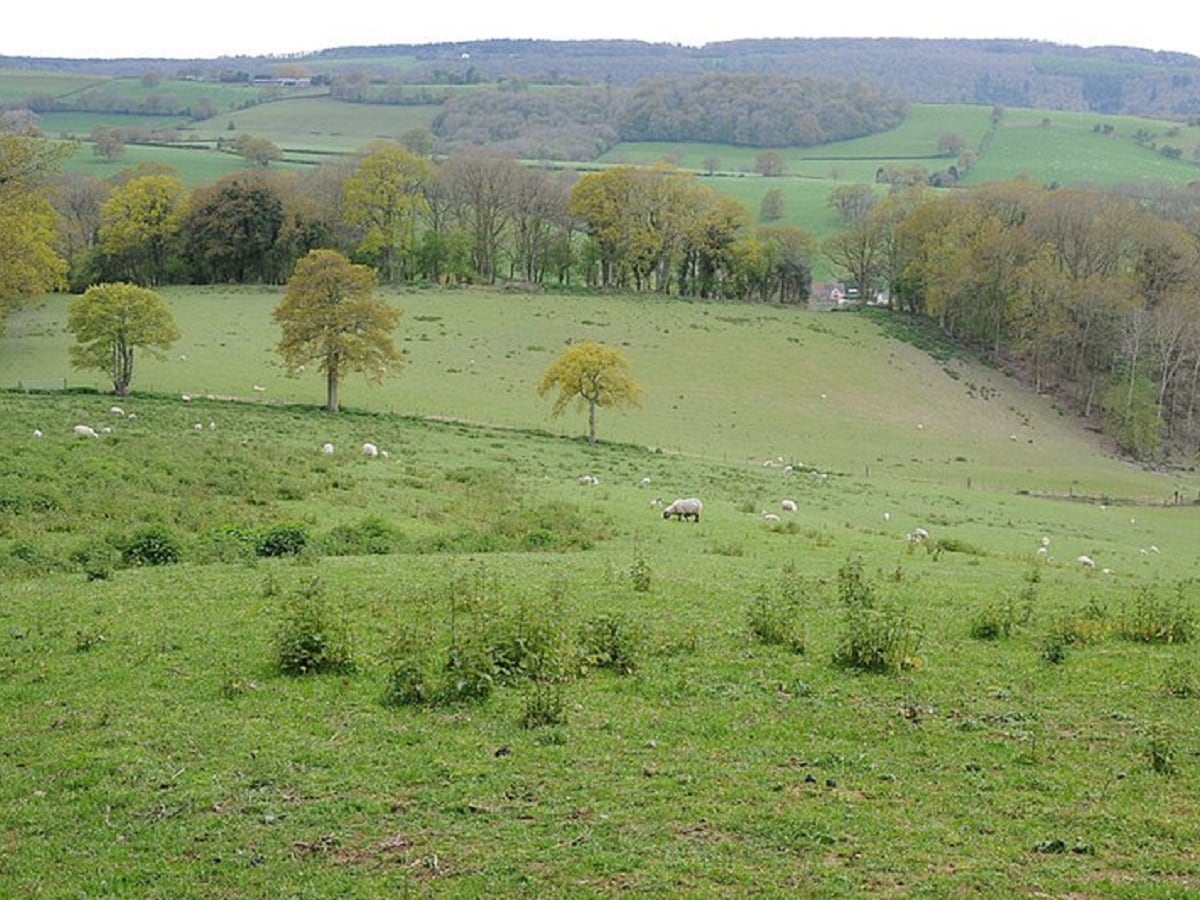Many times archaeologists find such evidence which gives some unique information about history. The prehistoric rock art discovered by archaeologists on the walls of sites located in the Atabai Desert in eastern Sudan is an example of this. This rock art creates a picture of the area that is very different from the current dry areas and looks incredible. The study has revealed that these pictures are only 4 thousand years old, but the environment of the Sahara desert at that time was different.
The area is currently arid, but according to the artwork it was once filled with lush vegetation, pastures, water and animal life. Interestingly, the artwork is only about 4,000 years old, indicating that this part of the Sahara Desert has likely undergone rapid and radical change over a few millennia.
A new study by Macquarie University archaeologists describes 16 rock art sites that were discovered in the deserts around Wadi Halfa, a town in northern Sudan close to the border with Egypt. Among the different figures depicted in the art, researchers have discovered depictions of humans, antelopes, elephants, and giraffes. According to archaeologists, cattle were also frequently seen, which was surprising given the very dry climate of the Ataba Desert.

According to rock art, 4 thousand years ago the land in the Sahara area used to be a large pastureland. (Symbolic photo: Wikimedia Commons)
Today there is almost no annual rainfall in this area, making cattle grazing impossible. In contrast, rock art shows that animal husbandry was a common practice among the people living in the region as early as 3000 BC.
In a statement, researcher Dr. Julian Cooper said it was surprising to see cattle carved into the desert rock walls because they require lots of water and many acres of pastureland, and cannot survive in the dry environment of the Sahara today. Will be able to stay. Cooper says the presence of cattle in ancient rock art is one of the most important evidence that the ‘Green Sahara’ once existed.
Tags: Amazing news, Bizarre news, OMG News, Weird news
FIRST PUBLISHED: May 10, 2024, 14:04 IST
